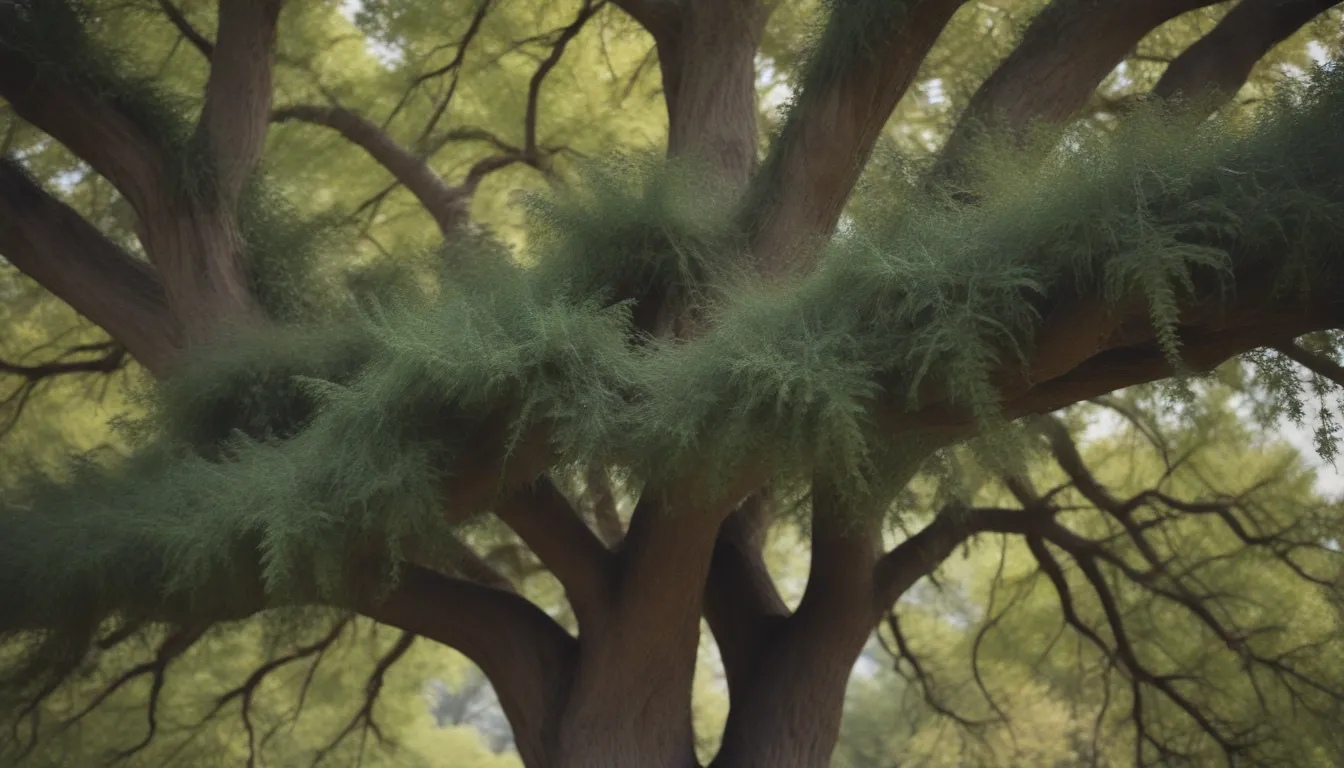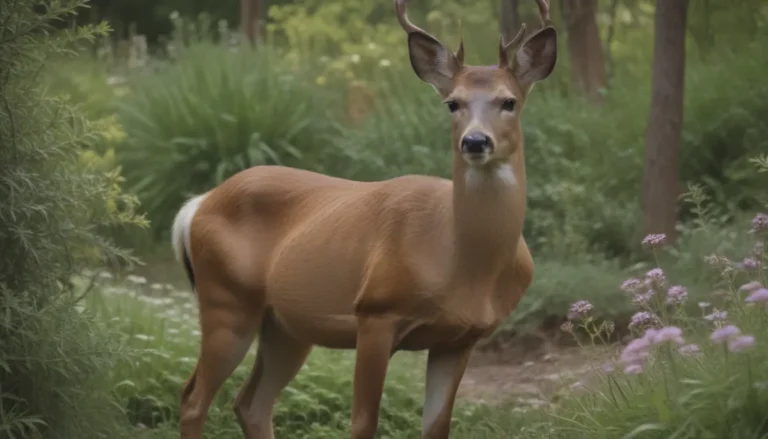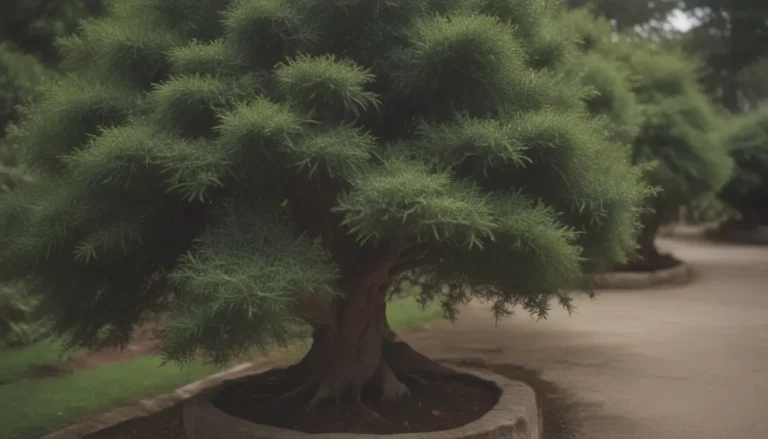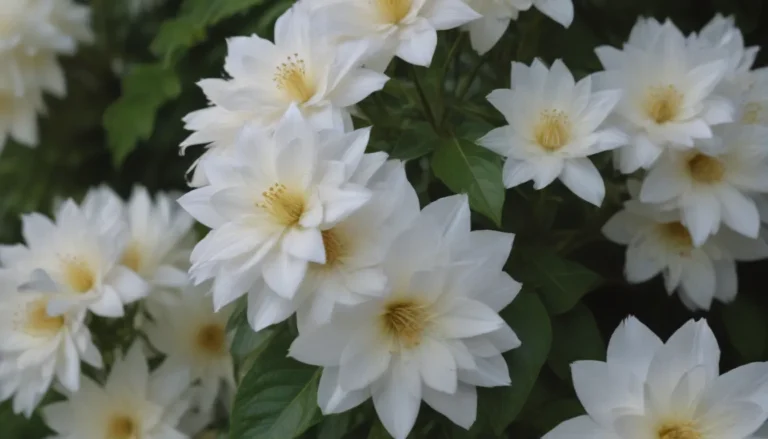Comprehensive Guide to Growing and Caring for Lacebark Elm Trees

If you’re looking for a unique and adaptable tree to add to your landscape, the lacebark elm (Ulmus parvifolia) might be the perfect choice for you. Native to East Asia, this tree, also known as the Chinese elm, is a standout species that can add beauty and interest to any outdoor space. With its exfoliating light and grey bark patterns, the lacebark elm is sure to capture your attention. In this comprehensive guide, we will walk you through everything you need to know about growing and caring for lacebark elm trees.
Getting to Know the Lacebark Elm
Before we dive into the specifics of caring for lacebark elm trees, it’s important to understand what makes this tree so special. While the lacebark elm may not have impressive spring and summer color or stunning blooms, its unique bark patterns set it apart from other trees. Typically used as a specimen tree or to line streets or drives, the lacebark elm is known for its adaptability and tolerance to urban pollution. In addition to its aesthetic appeal, the lacebark elm can also be used as a deciduous bonsai, though this is best left to experienced enthusiasts.
One thing to note about the lacebark elm is its tendency for wood breakage under high winds or ice load. However, with proper maintenance and care, this concern can be minimized, allowing you to enjoy the beauty and benefits of this remarkable tree.
Lacebark Elm Care Tips
Growing and caring for lacebark elm trees is a relatively easy task, especially if you live in an area with mild winters and minimal exposure to harsh weather conditions. Here are some essential care tips to help you keep your lacebark elm healthy and thriving:
Light
- Lacebark elms thrive in full sun, but they can tolerate partial shade.
- Aim for at least six hours of direct sunlight daily for optimal foliage color in the fall.
Soil
- Lacebark elms are adaptable to various soil types but prefer moist, well-drained soil.
- Avoid saturated, waterlogged soil to prevent root rot.
Water
- When first planted, water your lacebark elm weekly to establish strong roots.
- After establishment, deep, infrequent watering is preferred over frequent, light irrigation.
- Lacebark elms have good drought tolerance once established.
Temperature and Humidity
- Lacebark elms are suited for USDA zones 5-9 but may struggle with ice buildup and high winds.
- Consider the tree’s placement in your landscape to protect it from extreme weather conditions.
Fertilizer
- Use compost during planting to encourage root growth.
- Slow-release nitrogen fertilizer may be needed for slow or stunted growth.
- Perform a soil test before applying fertilizer to determine the right formulation.
Pruning for Structural Integrity
Proper pruning is essential for maintaining the structural integrity of lacebark elm trees. Follow these guidelines to ensure your tree remains healthy and strong:
- Stake the tree at planting to promote upright growth.
- Train the tree with structural pruning to establish a single leader.
- Regularly prune to eliminate deep V-shaped intersections and inner-pointing branches.
- Annual maintenance in the tree’s early years will help prevent breakage during storms and winter months.
Propagating Lacebark Elm Trees
If you’re interested in propagating lacebark elm trees for bonsai or other purposes, follow these steps for successful propagation through cuttings:
- Use sharp, sterilized scissors for cutting.
- Propagation is best done in late spring or early summer.
- Transplanting and propagating lacebark elm trees is relatively easy and can be a rewarding experience for gardeners.
Overwintering and Common Issues
To ensure the health and longevity of your lacebark elm tree, consider the following tips for overwintering and addressing common problems:
- Potted lacebark elm trees should be brought indoors during freezing temperatures.
- Monitor for signs of elm yellows disease, which can cause leaf wilting and yellowing. Remove infected trees to prevent spread.
- Watch for minor issues like cankers and rotting bark, which can be treated through proper pruning and watering practices.
In conclusion, growing and caring for lacebark elm trees can be a rewarding experience for gardeners of all levels. With its unique bark patterns and adaptability, the lacebark elm is a standout choice for landscapes in a variety of climates. By following the care tips outlined in this guide, you can enjoy the beauty and benefits of this exceptional tree for years to come. Happy gardening!





